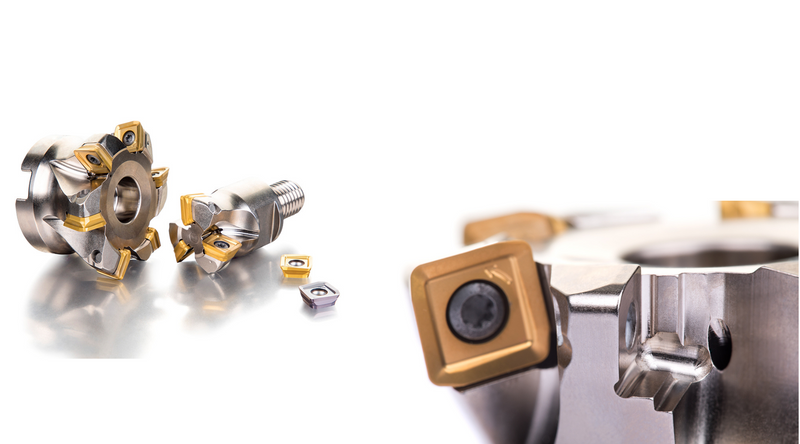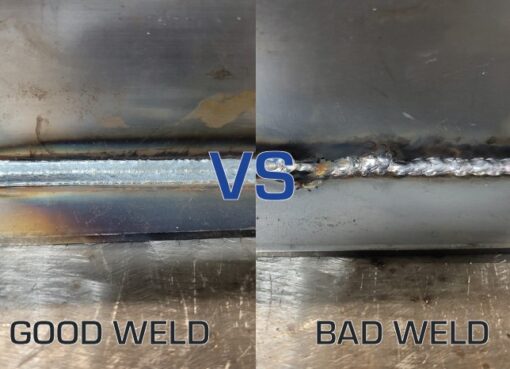In the world of modern machining, carbide cutting tools have become increasingly popular due to their numerous advantages and wide range of applications. Carbide is a composite material made of tungsten and carbon, which makes it extremely tough and durable. This toughness allows carbide cutting tools to withstand high temperatures and maintain their sharpness for longer periods of time compared to traditional steel tools.
Advantages of Carbide Cutting Tools: Hardness and Wear Resistance
One of the main advantages of carbide cutting tools is their exceptional hardness. This hardness allows them to maintain a sharp cutting edge even when machining tough materials such as stainless steel, titanium, and hardened steels. Carbide cutting tools are also highly resistant to wear and have a longer tool life compared to traditional steel tools. This means fewer tool changes are required, resulting in increased productivity and reduced downtime.

Heat Resistance and Efficiency
Another advantage of carbide cutting tools is their high heat resistance. When machining materials at high speeds, temperatures can rise rapidly, causing traditional steel tools to wear out quickly. Carbide cutting tools, on the other hand, can withstand these high temperatures without losing their cutting edge. This allows for faster machining speeds and increased efficiency in the production process.
Precision and Accuracy
Carbide cutting tools are also known for their precision and accuracy. The hardness and toughness of carbide allow for tighter tolerances and finer finishes to be achieved in machining operations. This level of precision is essential in industries such as aerospace, automotive, and medical, where tight specifications are required.
Wide Range of Applications
The wide range of applications for carbide cutting tools is another reason for their popularity in modern machining. Carbide tools can be used in a variety of machining operations, including turning, milling, drilling, and grooving. They are suitable for both roughing and finishing operations and can be used on a wide range of materials, from aluminum and copper to exotic alloys and composites.
High-Speed Machining and Hard Milling Applications
In addition to their use in traditional machining operations, carbide cutting tools are also well-suited for high-speed machining (HSM) and hard milling applications. HSM involves cutting materials at significantly higher speeds than conventional machining, which requires tools that can withstand the increased heat and forces involved. Carbide cutting tools excel in HSM applications due to their high heat resistance and toughness.

Hard Milling Operations
Hard milling involves machining hardened materials such as tool steel, mold steel, and hardened alloys. Carbide cutting tools are the ideal choice for hard milling operations due to their hardness and wear resistance. They can maintain their cutting edge when machining these difficult materials, resulting in higher productivity and lower costs compared to using traditional steel tools.
Conclusion
In conclusion, the advantages and applications of carbide cutting tools make them an invaluable asset in modern machining. Their hardness, heat resistance, precision, and versatility make them the tool of choice for a wide range of industries and machining operations. Whether you are looking to increase productivity, achieve tighter tolerances, or improve surface finishes, carbide cutting tools are sure to deliver exceptional results in your machining processes.

